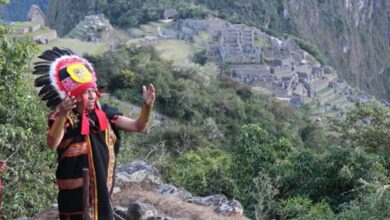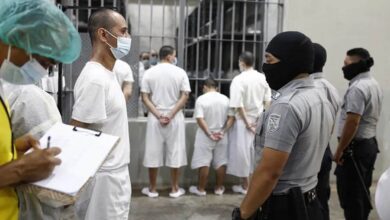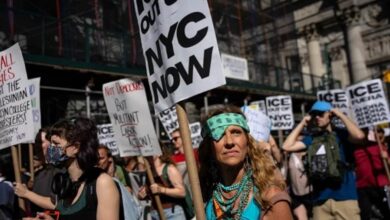Colombia Caught Between Rebel Offensives and Polarized Capital Politics
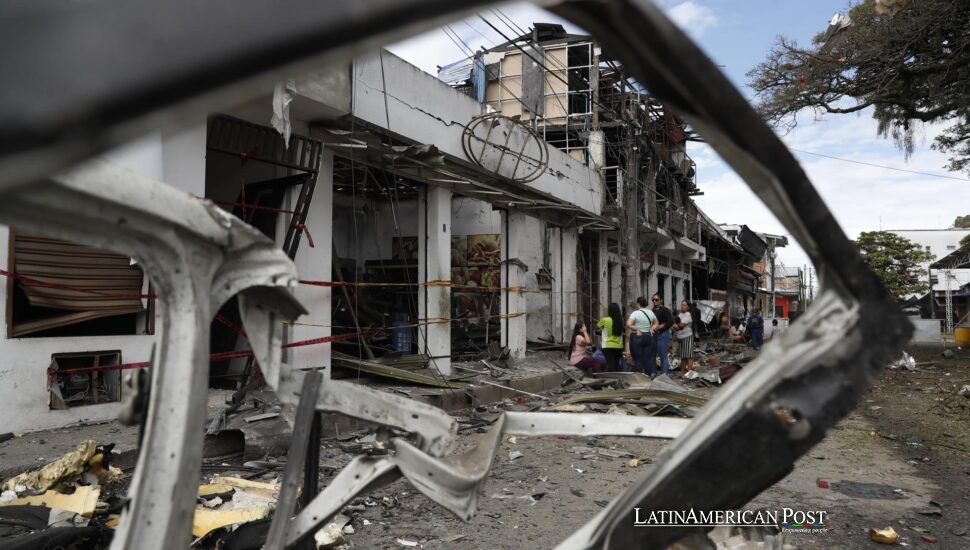
Car-bomb craters and sniper casings litter Colombia’s southwest once more, a grim chorus that killed seven people this week and forced thousands to shelter indoors. The blasts slice through talk of “total peace,” exposing how thin the country’s stitched-together calm still is.
Cauca’s Fragile Morning Breaks Under Fire
The first light in the sugar fields around Jamundí usually smells of cane and damp earth. On Monday, it reeked of smoke. Ten coordinated blasts rattled five towns in Cauca and Valle del Cauca, while a sniper in El Bordo picked off two soldiers posted at a road barrier. Parents herded children under school desks; bus drivers abandoned routes and steered their empty vehicles back toward Cali. One coffee farmer told EFE he threw himself into an irrigation ditch when bullets whined overhead—”I hadn’t done that since the bad years,” he said, voice trembling.
Officials believe the attacks answer a recent army push into mountains that dissident commander Iván “Mordisco” Vera calls his “neurological center.” Whoever holds these ridges controls the only paved artery linking the Andes to the Pacific port of Buenaventura, the exit door for cocaine, illegal lumber, and contraband gold. For three decades, that road has changed hands like a cursed baton; Monday’s explosions reminded everyone that no checkpoint here is permanent, and no patrol is invulnerable.
Iván Mordisco and The Hydra of Fragmented War
When most FARC fighters stacked their rifles after the 2016 peace deal, Mordisco walked away whistling. His so-called Central General Staff now taxes coca crops, gold dredges, and roadside food stalls across four departments. Bogotá dangled cease-fires, then a US$1-million reward for tips, but every offer came back wrapped in fresh ambushes. He is not alone. The ELN, still draped in its 1960s Marxist banner, blows up oil pipelines farther north while the Gulf Clan enforces “protection fees” on ranchers in Antioquia. The lines between guerrilla and gangster have blurred into pure business: remove one faction, another grabs the profits.
Security analysts compare it to killing a hydra—lop off a head and two sprouts. Each army operation in Cauca opens a vacuum; rivals fill it before the dust settles. Often, by bribing the same villagers, the state is too slow to help with roads or clinics. The result is a map of Colombia where large green swaths on classroom posters remain white on the governance ledger: zones everyone knows belong, for now, to men with radios and AK-47s.
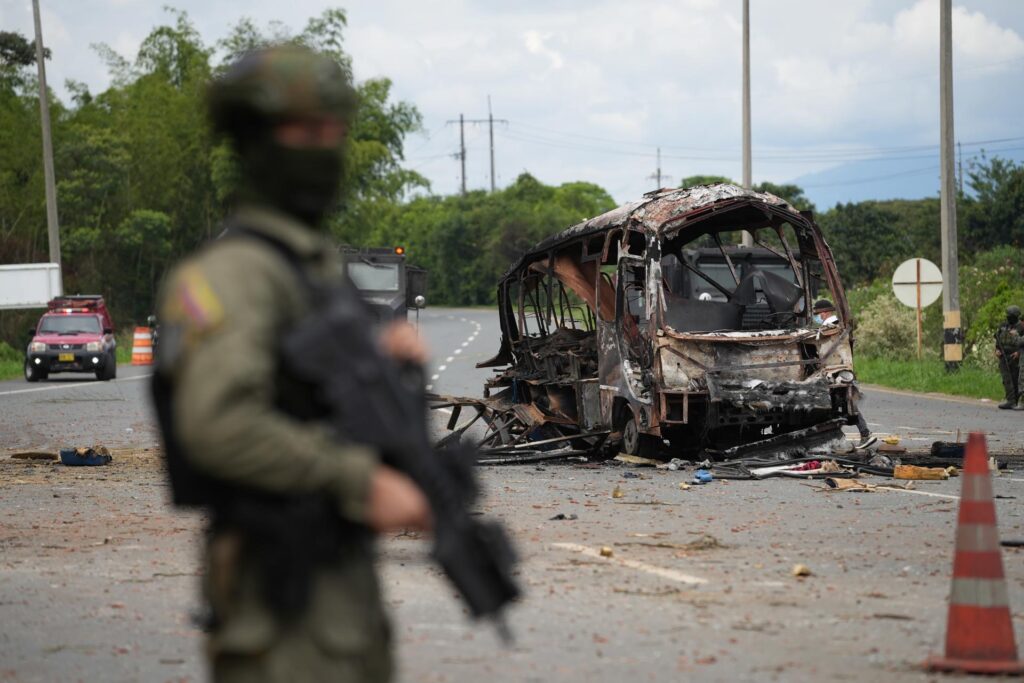
A Capital Gunshot Revives The 1990s
Hundreds of kilometers away, Bogotá felt that frontier violence seeped into its heart. Senator Miguel Uribe Turbay was shaking hands at a weekend rally when a pistol barked behind him. The bullet tore through his shoulder and chest; surgeons say he may yet survive. Prosecutors told EFE they are probing links between the teenage gunman and urban militias that act as city couriers for Cauca dissidents. No group has claimed the hit, but older Colombians instantly replayed a horror reel: Luis Carlos Galán cut down in Soacha (1989), Bernardo Jaramillo at Bogotá airport (1990), Carlos Pizarro on an Avianca flight weeks later.
The timing could not be uglier. National elections sit twelve months away, with Petro’s labor reforms, coca policy, and sliding peso already fueling hyper-partisan brawls. Conspiracy murmurs multiplied: who else is on the list? Even Alvaro Uribe’s security detail beefed up road checks. Human Rights Watch warned of “echoes of the darkest chapter,” while Petro’s allies accused the right of exploiting fear. Whatever the motive, one truth returned with a sting: in Colombia, a single shot can still tilt the political table.
Total Peace Meets the Arithmetic of Fear
President Gustavo Petro won office promising “paz total“— overlapping truces, social investment, a peace that attacks roots instead of symptoms. But spreadsheets tell a harsher story. The Red Cross counts almost one million Colombians displaced or trapped by conflict during just the first four months of 2025, quadrupling last year—homicides up twenty percent; kidnappings, thirty-plus. Petro’s camp says fragmented bands are tougher than the old monolith FARC: now you negotiate with ten warlords, not one secretariat. Critics reply that early unilateral cease-fires handed those warlords breathing space to regroup.
Business leaders call it a doom loop: bombs scare investors who fund the very schools and clinics Petro says will dry up rebellion. The president counters that coca grows where state neglect thrives; he plans to march with unions in Cali, bombs or no bombs, to show the government won’t retreat. Yet on Monday, the Pan-American Highway lay semi-deserted, exporters bleeding cash, and villagers whispered that the dissidents, not Bogotá, control the night.
Colombia has been here before: declare the war receding, then watch a spectacular attack rip the bandage off half-healed wounds. Until a rancher can truck milk to market without paying three “tolls” to armed men, or a teacher can ride a motorbike to jungle schools without fearing landmines, the ghosts of old conflicts will keep haunting new dawns.
Also Read: Inside Brazil’s High-Stakes Trial Over Bolsonaro Election Conspiracy
The week ends with charred buses in Cauca, a senator in intensive care, and a nation once again balancing hope and relapse. In Colombia, the past is never past; it circles back on motorbikes, plants dynamite under bridges, and fires at microphones. Whether “total peace” can outpace that cycle now echoes from Bogotá’s marble congress to the cane fields, where bullets still cut the morning mist.

